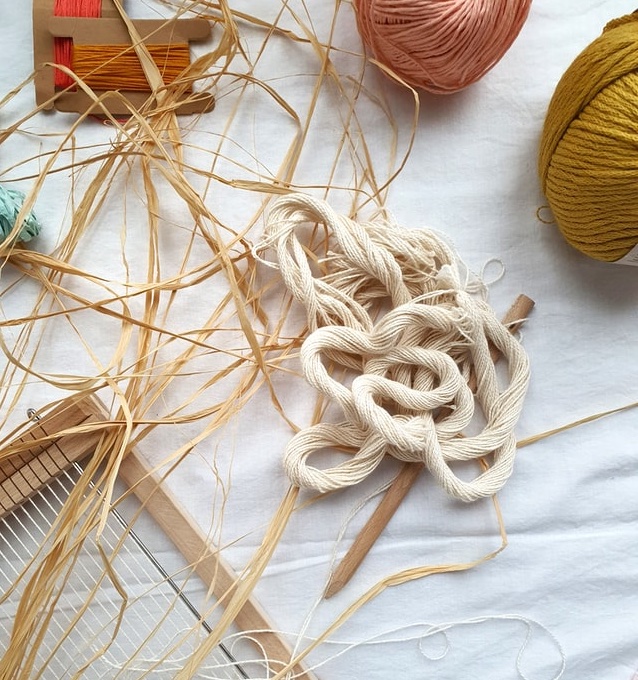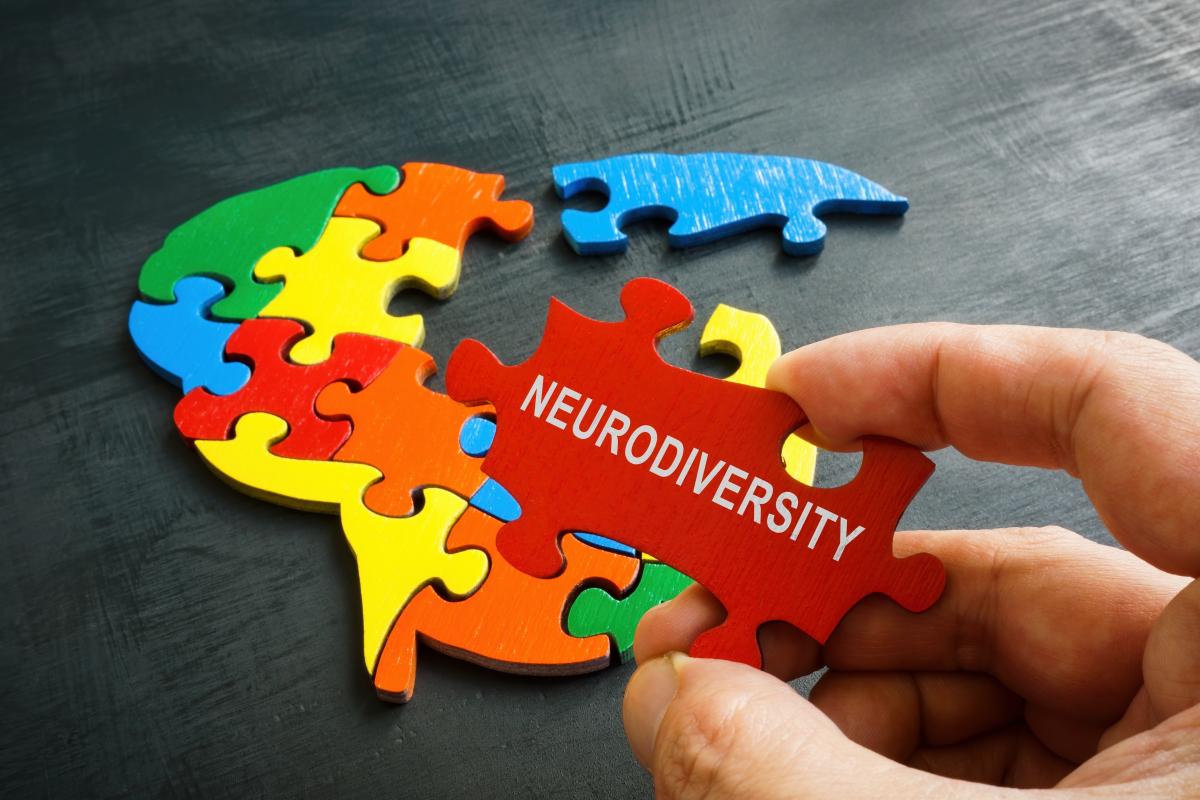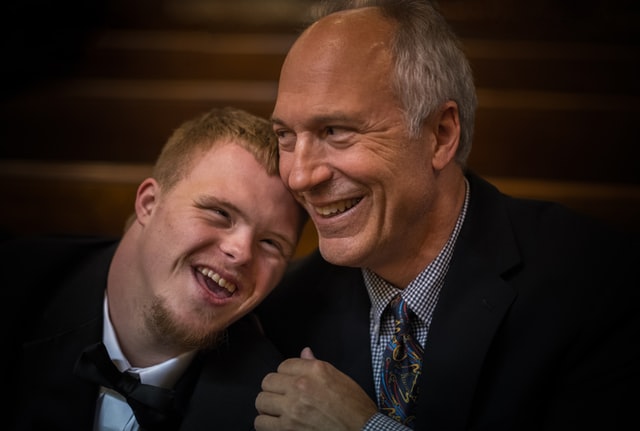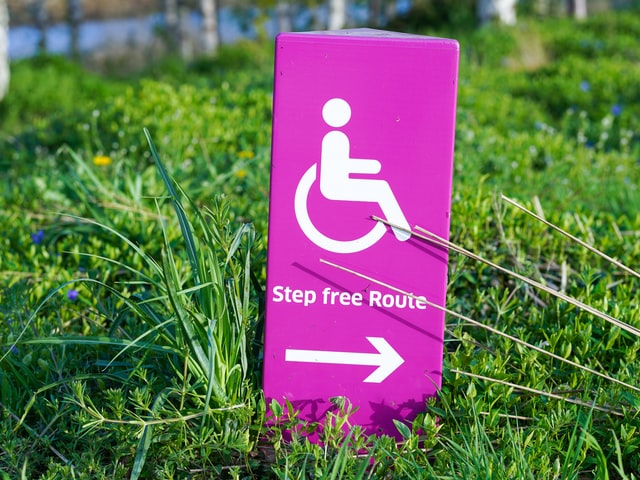What We Do
Our goal is to amplify the efforts of the Garth Homer Society
A Legacy of Social Planning
 In 1960, a Victoria mother named Phyllis Sutton formed the Arbutus Arts and Craft Society to meet the needs of her two adult children with developmental disabilities. In 1968, Garth Homer, as an executive director of the Community Social Planning Council of Greater Victoria, encouraged family-driven groups to join and to develop an activity centre for adults with disabilities which opened in 1977. Twenty years later, in 1998, the Garth Homer Foundation was formed to increase access and to fund more inclusive, emerging needs as society shifted away from workshops.
In 1960, a Victoria mother named Phyllis Sutton formed the Arbutus Arts and Craft Society to meet the needs of her two adult children with developmental disabilities. In 1968, Garth Homer, as an executive director of the Community Social Planning Council of Greater Victoria, encouraged family-driven groups to join and to develop an activity centre for adults with disabilities which opened in 1977. Twenty years later, in 1998, the Garth Homer Foundation was formed to increase access and to fund more inclusive, emerging needs as society shifted away from workshops.
Creating Independence
 Today, one in five Canadians experience a disability and most have multiple disabilities. Many families experience challenges in accessing services and programs either through waiting lists, a lack of technology, transportation, or other barriers. People with developmental disabilities are twice as likely to be in housing need and are over twice as likely to be living with parents yet like other Canadians, they wish to live independently.
Today, one in five Canadians experience a disability and most have multiple disabilities. Many families experience challenges in accessing services and programs either through waiting lists, a lack of technology, transportation, or other barriers. People with developmental disabilities are twice as likely to be in housing need and are over twice as likely to be living with parents yet like other Canadians, they wish to live independently.
Funding Housing & Transportation
From 1998 to 2004, the Foundation supported the Garth Homer Society to expand programs, such as supported employment. In 2005, our focus was on technology grants for assistive devices. By 2013, the focus was on donating advanced transportation such as lift-equipped vans. Recently, the Foundation donated a 60-year bare land lease to support the Nigel Valley Project vision for a new Garth Homer Centre that includes affordable, accessible co-housing and to expand community greenspace.
To Provide Access for All
 One in four Canadians are caregivers and many more will be at some point in their lives. Yet not all people with disabilities or caregivers reach out for support. They may face long wait periods or other barriers which make the dream of equity challenging. Our work is to help change that. Environments and workplaces that are inclusive and diverse enrich everyone!
One in four Canadians are caregivers and many more will be at some point in their lives. Yet not all people with disabilities or caregivers reach out for support. They may face long wait periods or other barriers which make the dream of equity challenging. Our work is to help change that. Environments and workplaces that are inclusive and diverse enrich everyone!
We believe in Canada’s goal to take action to be a barrier-free environment by 2040.
We believe that the concept of disability is a social disadvantage created when a person’s abilities encounter social or physical barriers in their environment.
We believe everyone deserves an equal chance of participating more fully in society and that it is our responsibility to remove the barriers for social and physical participation.
We believe in the rights of all adults to access affordable housing strategies such as co-living, shared transportation, with access to needed services both inside and outside their home.
References: Social Model of Disability - as adopted by the UNCPRD (United Nations Convention on Persons with Disabilities), WHO (World Health Organization) and the Government of Canada


